Are you feeling overwhelmed by the complexity of modern-day technology and robotics? Are you curious about how machines, circuits, and automation systems work? A thorough comprehension of closed loop control systems is critical to developing an understanding of the mechanics that drive a wide array of professions and industries. This type of control system offers numerous advantages that have made it invaluable in various industrial mechanical processes. Today we’re exploring what a closed loop control system is and its many benefits. Read on to learn more!
What is a Closed Loop Control System?
This type of control system uses feedback from its outputs to adjust its inputs and make sure that it reaches the desired state or goal. The feedback loop in such a system allows it to self-correct and make adjustments to compensate for disturbances, errors or changes in the system. This makes closed loop control systems particularly useful in automated machinery and process control. [1]
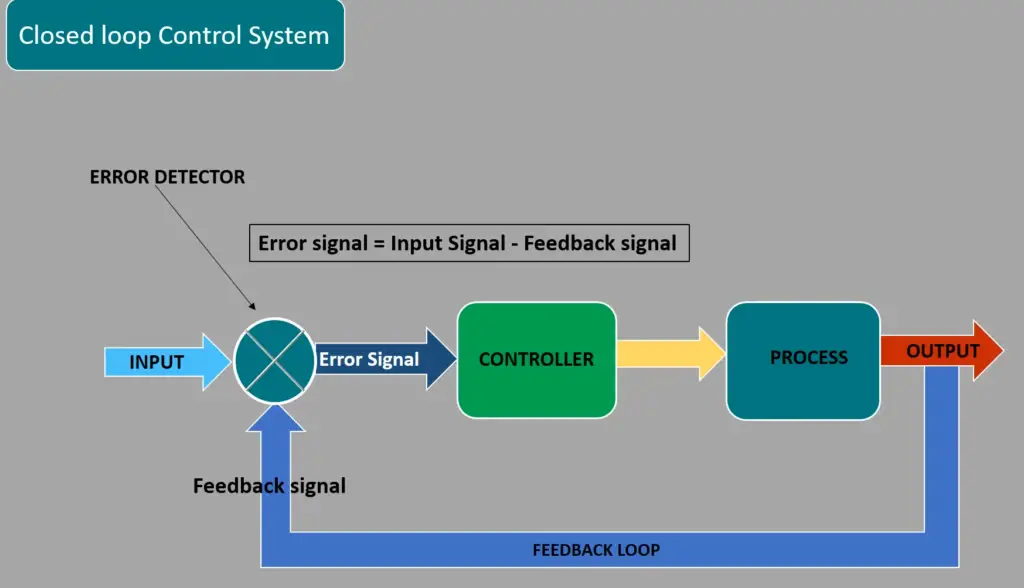
Types of Closed Loop Control System
Closed loop control systems come in a variety of types. The most common type is a PID (Proportional-Integral-Derivative) controller. This type of system uses three individual components to adjust the output signal as a response to changes in the input signal. Proportional controllers use gain factors to customize the response, while integral and derivative controllers alter the system’s behavior based on time rate-of-change or acceleration rate-of-change respectively.
Other types of closed loop control systems include fuzzy logic controllers, which can handle complex data inputs and provide more precise outputs; state feedback controllers, which use external conditions to modify their behavior; adaptive control systems, which allow for dynamic tuning; and model predictive control systems, which use predictive models to anticipate system behavior. Each type of closed loop control system has its advantages and disadvantages, so it is important to select the right one for a given application.
Closed loop control systems are used in many industries, from manufacturing plants to medical devices. They allow for increased efficiency, accuracy, safety, and reliability when compared to open loop control systems. With proper programming and maintenance, these systems can provide cost-effective solutions for controlling complex processes or machines with high precision. This makes them essential tools in today’s increasingly automated world.
Transfer Function
Utilizing closed loop control systems, the transfer function relates how a controller’s output responds to its input. The transfer function may be used to determine the response of a system when given an input based on the equations describing it.
For example, if a linear closed loop control system has an equation of y = ax + bz, then the transfer function for this system can be defined by: T(s) = (ax + bz)/s, where s appears in the denominator because it represents how quickly or slowly the output responds to changes in the inputs. Understanding how this equation works helps engineers design better closed loop control systems.
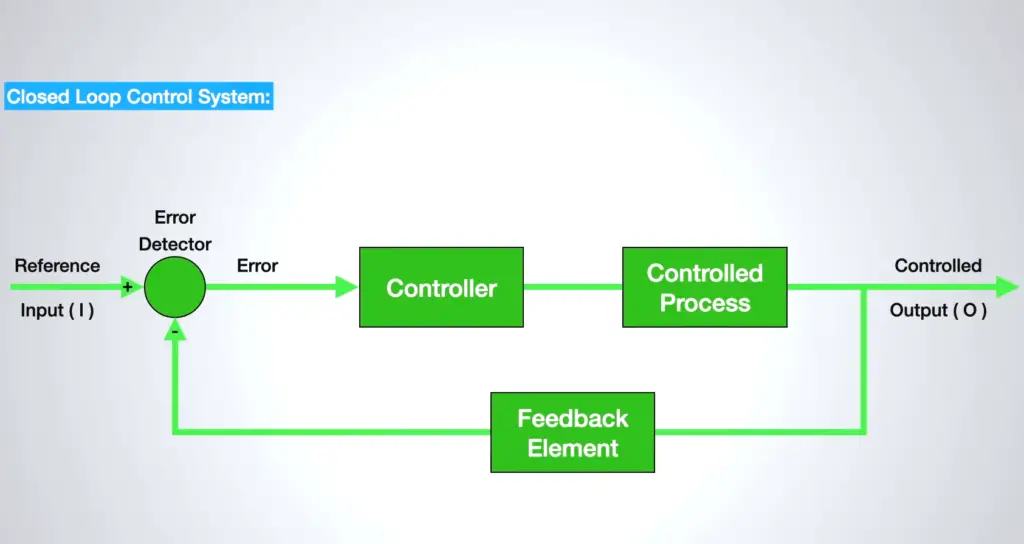
The transfer function is also useful for analyzing the performance of different controllers within a system. By comparing their respective transfer functions, engineers can determine which controller provides the best response to certain inputs, allowing them to optimize and improve their design.
Overall, the transfer function is an important part of closed loop control systems as it allows engineers to understand how the system will respond when faced with particular inputs. Applying this knowledge can help perfect a design and ensure optimal performance. [2]
Closed Loop Control System Examples
From manufacturing to machine learning, countless industries and purposes rely on closed-loop control systems. Some common examples include:
- Robotic arms on assembly lines, which use sensors to detect their position and adjust accordingly.
- Cruise control for cars, which maintain a steady speed by adjusting the throttle as needed in response to changing road conditions.
- Temperature controllers, which regulate temperature inside buildings by sensing changes in air temperature and automatically turning heating or cooling units on or off.
- Autopilots for airplanes, which monitor various flight parameters such as altitude, airspeed, and heading and make adjustments as necessary.
- Medical ventilators, which monitor a patient’s breathing pattern and adjust the flow of oxygen delivery accordingly.
- Appliances with energy-saving features, which sense how much electricity is being consumed and adjust their settings accordingly.
These are just a few examples of the many applications of closed loop control systems in our everyday lives. By using sensors and feedback to adjust their operations automatically, these systems provide us with efficient and reliable solutions for controlling complex processes. [3]
Advantages
Closed loop control systems offer several advantages as compared to open loop control systems. They are able to provide precise feedback and control, as a result of being able to measure the output values and adjust accordingly.
Furthermore, closed loop control systems require less operator attention than open loop systems, since they can self-regulate themselves based on set parameters. This makes them well suited for automated processes where human supervision is not possible or needed. Additionally, the cost for implementing a closed loop system is typically lower than an open loop system due to its simpler design.
Finally, closed loop control systems are more efficient in managing energy consumption when compared with open loops because they can automatically shut off power when appropriate.
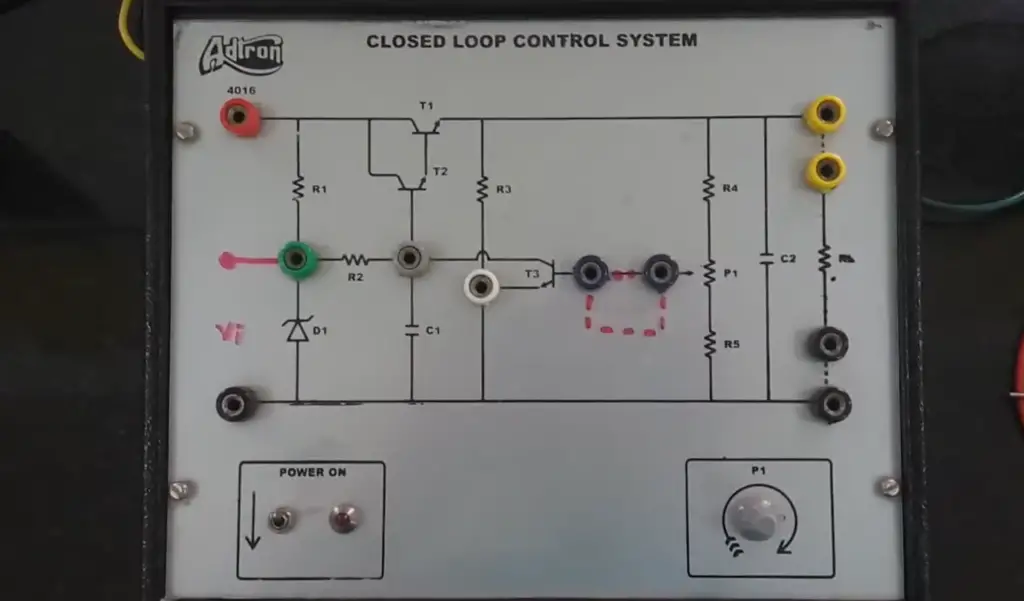
Disadvantages
Despite its many advantages, a closed-loop control system also comes with some drawbacks. For example, the feedback from the controlled device can be delayed or inaccurate due to various external factors. This could lead to inaccurate results in the end product or service.
Additionally, if the controller is not programmed properly, it may not respond to changes quickly enough and cause problems with accuracy.
Finally, closed-loop control systems require additional components such as sensors and actuators which increase cost and complexity of implementation. Overall, while they offer precise control over processes, they need to be carefully implemented and maintained in order to remain effective.
Features of a Control System
A closed loop control system is characterized by several key features. First, the system has a sensing element that detects changes in the environment and signals back to the control unit. This feedback of information allows for quicker response times and more accurate adjustments.
Second, the controller uses this input to determine how best to respond and can adjust accordingly.
Finally, an actuator takes action based on the commands from the controller. For example, if too much water is detected in a tank, the actuator can open a valve or pump to reduce levels as needed. These components together make up a sophisticated closed loop control system that can quickly react to changing conditions and maintain desired outputs. [4]
Requirements of a Good Control System
To be effective, the control system needs to have certain characteristics in order to function properly. A good closed loop control system should:
- Have an accurate input signal with minimal noise or disturbance.
- Have a well-defined response to changes in the input signal.
- Be able to respond quickly enough to keep up with changes in the input signal.
- Provide steady output levels despite fluctuations in the environment or process being controlled.
- Be adjustable for different conditions and settings as needed for particular applications or processes within the same application or process over time.
- Be able to maintain accuracy and precision even when the environment is changing or the process is variable.
- Have an efficient design that uses minimal energy for operation, which can reduce cost and increase performance.
- Be reliable and durable enough to withstand extreme conditions without failure.
These characteristics should all be considered when designing a closed loop control system in order to ensure its effectiveness in controlling a process accurately and precisely. With these requirements met, such systems are able to provide consistent results while also being economical and efficient in their operations. The overall goal of any closed loop control system should be to achieve precise responses with minimum effort and expense. [5]
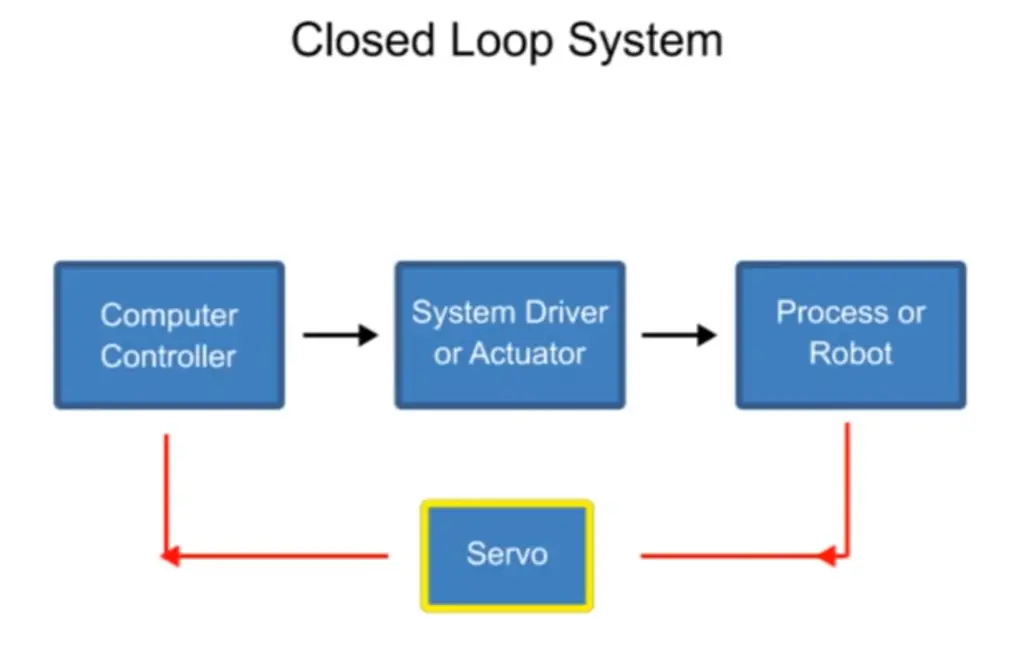
Open Loop vs Closed Loop Control Systems
A closed loop control system, also known as a feedback control system, is a type of automated control system that uses a feedback mechanism to monitor the output and adjust its input accordingly. In other words, in a closed loop system, the output of the process is monitored and fed back into the control system so that it can make adjustments to maintain the desired performance. This makes it possible for the system to self-correct to respond to changes in conditions or inputs.
In contrast, an open loop control system does not use any external feedback signals. Instead, it relies on predetermined instructions and processes that are preprogrammed into the controller (such as motion controllers). Open loop systems do not incorporate any kind of monitoring or adjustment based on external feedback. This makes them simpler and less expensive to implement, but also makes them more prone to errors as they cannot react to changes in the environment or conditions.
Closed loop control systems are more reliable and efficient than open loop systems because they can detect small deviations from their desired output and adjust accordingly. They are often used in industrial applications such as robotics, HVAC systems, manufacturing processes, medical diagnostics, and other complex systems. The ability of the system to monitor its own performance is an important factor for ensuring that the process runs smoothly and efficiently.
What is Feedback?
In a closed loop control system, this feedback is used to help regulate the behavior of the system by adjusting its input parameters in order to achieve desired results. For example, if there is a temperature sensor in an air conditioner, when it detects the room temperature is too hot, the air conditioning will turn on and cool down the room until it reaches a certain temperature. This feedback loop helps keep the room at an ideal temperature without having to constantly manually adjust things. Closed loop control systems can be found in many everyday items such as thermostats, washing machines and even cars. [6]
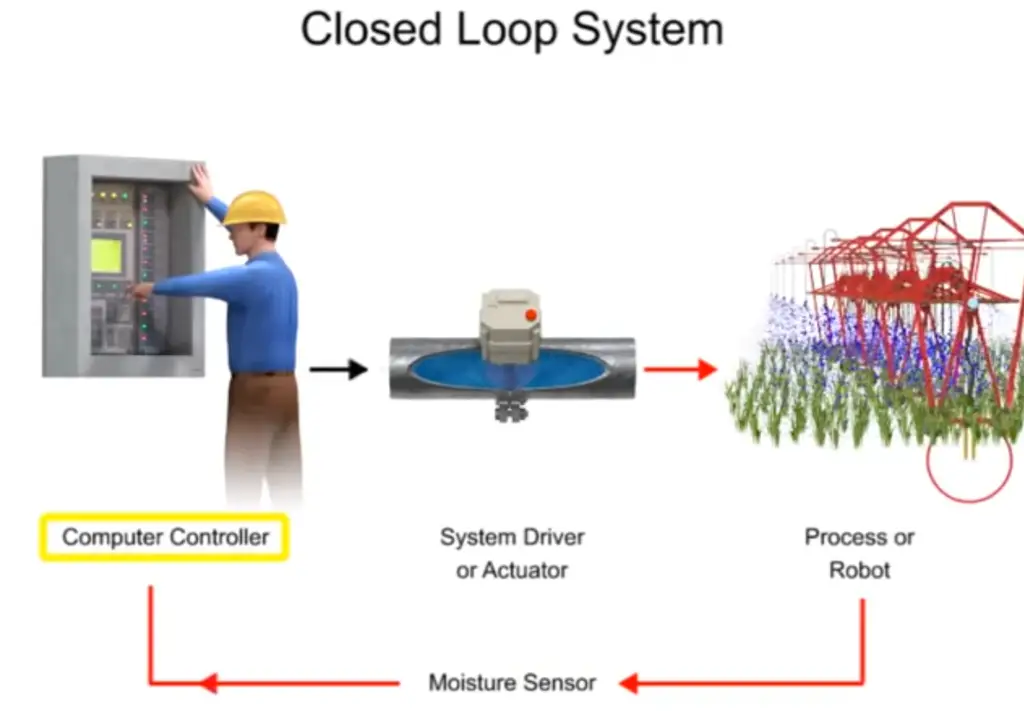
FAQ
What is meant by a closed loop control system?
It consists of a sensing element, actuating element and a controller. The sensing element senses the changes in the environment and sends data to the controller. The controller compares this with the desired value and then sends instruction to the actuator. The actuator then performs actions necessary for adjusting or maintaining conditions within desired parameters. The output read by sensing element and sent back to compare with desired value are called ‘feedback’, hence it is known as a closed-loop control system.
What are some applications of close loop control systems?
Closed loop control systems have a wide range of applications. It is widely used in industrial, military and aerospace applications such as robotics, process control systems, navigation and guidance systems. Other common applications include temperature controllers, robots and automatic doors. They are also used to maintain correct speed of motors and to keep the level of liquid constant in tanks.
Can you explain the difference between open loop and closed loop control system?
An open loop control system involves no feedback from output to input. That means it cannot detect any changes made to environment or conditions of output. On the other hand, a closed loop system includes feedback from output to input, therefore it can detect changes in environment or condition of an output device. This allows for the adjustment of speed or level etc., depending on application required for maintaining desired conditions.
What are the advantages of closed loop control systems?
The major advantage of a closed loop system is its ability to automatically adjust or maintain conditions in accordance with desired parameters. It gives more accurate result and requires less attention from operators as compared to open loop system. They are also more reliable, can handle sudden changes in environment better and provide faster response time than open-loop systems. Additionally, they help reduce maintenance costs by eliminating manual intervention which further increases efficiency.
Are there any disadvantages associated with using closed loop control systems?
Since these systems rely heavily on feedback loops, they can be subject to errors if the feedback signal is not provided correctly or appropriately. Furthermore, they may be prone to oscillations due to mechanical and electrical faults which can lead to instability. Additionally, since these systems require more components than open-loop systems, they tend to be expensive and complex. In conclusion, closed loop control systems are a reliable and efficient means of controlling output devices, however there are some potential drawbacks associated with them as well. It is important to understand the advantages and disadvantages before deciding whether or not a closed loop system is suitable for a given application.
Why is it called a closed loop system?
A closed loop control system is so named because the output signal from the system is fed back into the input of the system. This feedback loop creates a closed circle or “loop” which ensures that any changes in performance can be monitored and adjusted accordingly. The feedback loop constantly adjusts itself to maintain a desired result, even if conditions change. In this way, a closed loop control system can autonomously adjust its output in order to keep the process it is controlling running at optimal levels without requiring any human intervention.
What are the 4 parts of a closed-loop system?
A closed-loop system is made up of four distinct parts: sensor, controller, actuator, and plant. The sensor measures the process variable from the plant and sends it back to the controller. The controller then compares this measured value with a desired set point or target value and generates an appropriate signal for the actuator in order to move the plant output closer to the desired value. The actuator then carries out the operation based on this signal. Finally, feedback is sent back to the controller which then adjusts its parameters accordingly.
Is the refrigerator a closed-loop system?
Yes, the refrigerator is a type of closed-loop system. It uses temperature sensors to measure the temperature inside the refrigerator and send it back to the controller. The controller then compares this measured value with a desired set point (the ideal temperature) and sends out an appropriate signal for the cooling system to take action and reach that target. As its output is measured, feedback is sent back to the controller which then adjusts its parameters accordingly in order to keep temperatures constant at all times.
Useful Video: Closed Loop Systems
Conclusion
A closed loop control system is a type of feedback control system that works by taking input from sensors, processing the signal, and then producing output to actuate changes in a controlled process. This process creates a cycle of action and response, allowing the controller to effectively regulate the system with little to no human intervention. Though these systems can be complex, their usage has become widespread in many industries where precise automation is needed. As technology continues to improve, closed loop control systems will become increasingly powerful tools for managing automated processes.
References
- https://www.techtarget.com/whatis/definition/closed-loop-control-system
- https://www.electronics-tutorials.ws/systems/closed-loop-system.html
- https://electronicscoach.com/closed-loop-control-system.html
- https://www.elprocus.com/what-is-a-closed-loop-control-system-its-working/
- https://byjusexamprep.com/closed-loop-control-system-i
- https://www.sciencedirect.com/topics/engineering/closed-loop-control





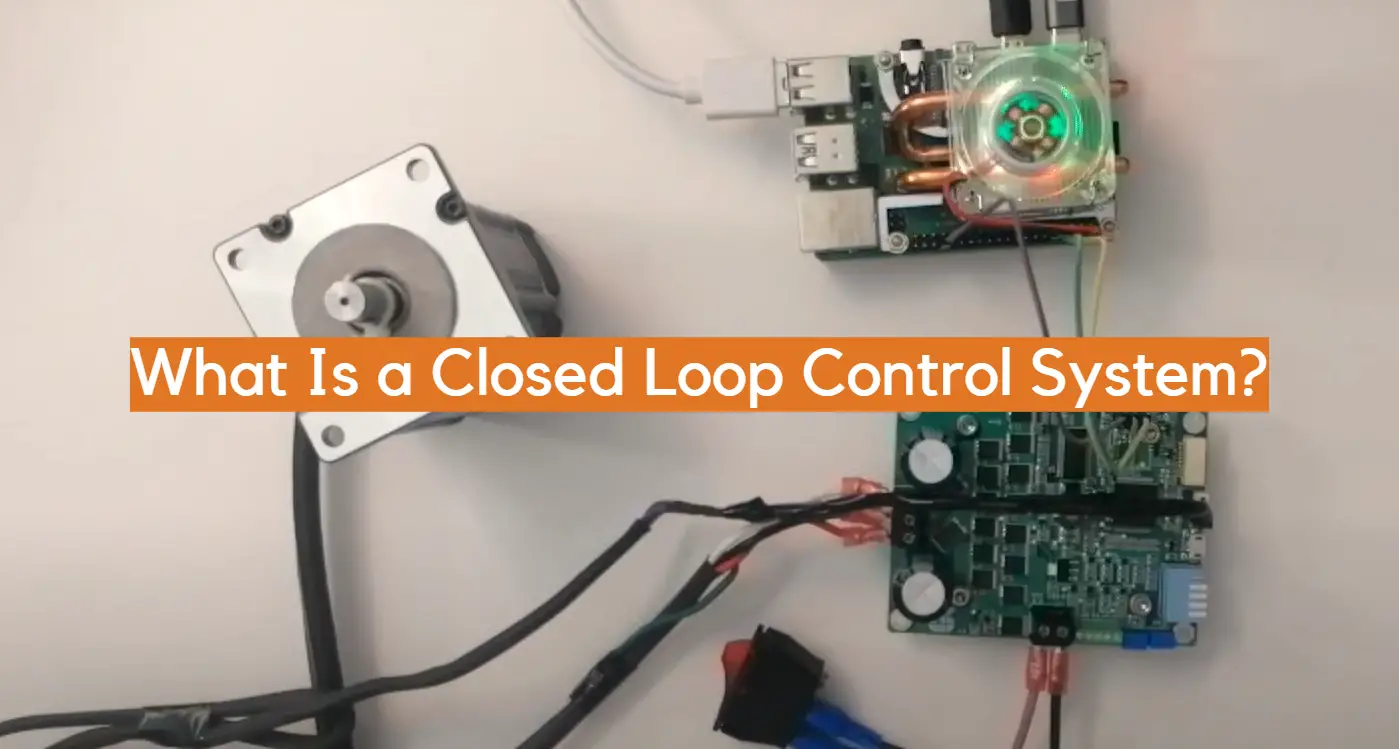




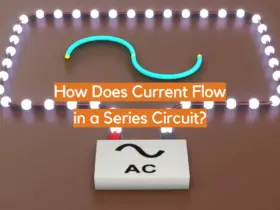



Leave a Reply